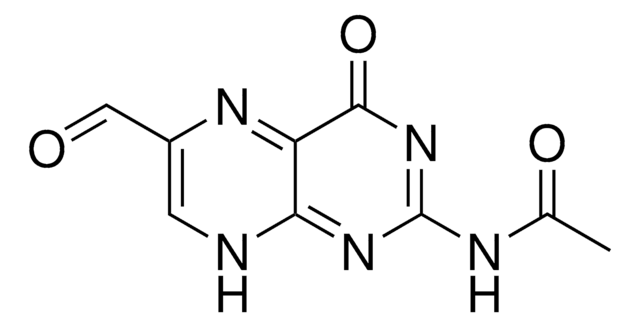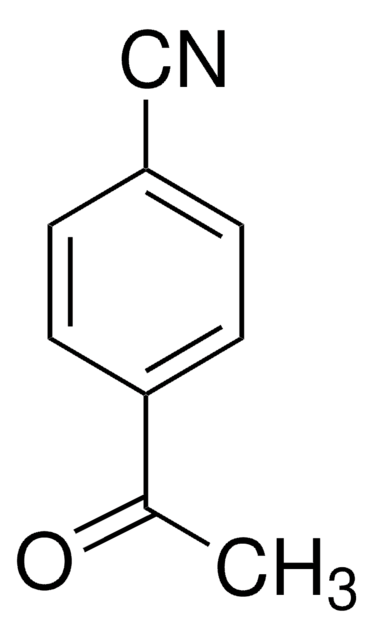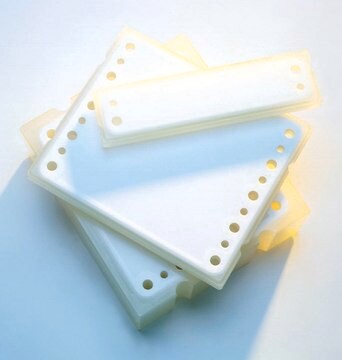MABF2075
Anti-MR1 Antibody, clone 26.5
clone 26.5, from mouse
Synonyme(s) :
Major histocompatibility complex class I-related gene protein, MHC class I-related gene protein, Class I histocompatibility antigen-like protein
About This Item
Produits recommandés
Source biologique
mouse
Forme d'anticorps
purified immunoglobulin
Type de produit anticorps
primary antibodies
Clone
26.5, monoclonal
Espèces réactives
rat, bovine, mouse, human
Conditionnement
antibody small pack of 25 μL
Technique(s)
flow cytometry: suitable
immunoprecipitation (IP): suitable
Isotype
IgG2aκ
Numéro d'accès NCBI
Numéro d'accès UniProt
Modification post-traductionnelle de la cible
unmodified
Informations sur le gène
human ... MR1(3140)
Description générale
Spécificité
Immunogène
Application
Flow Cytometry Analysis: A representative lot detected MR1 in flow cytometry applications (Huang, S., et. al. (2005). J Biol Chem. 280(22):21183-93; Gold, M.C., et. al. (2010). PLoS Biol. 8(6):e1000407; Huang, S., et. al. (2009). Proc Natl Acad Sci U S A. 106(20):8290-5).
Inhibits Activity/Function Analysis: A representative lot inhibited the activation of mucosal-associated invariant T (MAIT) cells by MR1 protein. (Huang, S., et. al. (2009). Proc Natl Acad Sci U S A. 106(20):8290-5).
Inflammation & Immunology
Qualité
Flow Cytometry Analysis: 1 µg of this antibody detected MR1 in one million MR1-transfected WT3 mouse embryonic fibroblasts.
Description de la cible
Forme physique
Stockage et stabilité
Autres remarques
Clause de non-responsabilité
Vous ne trouvez pas le bon produit ?
Essayez notre Outil de sélection de produits.
Certificats d'analyse (COA)
Recherchez un Certificats d'analyse (COA) en saisissant le numéro de lot du produit. Les numéros de lot figurent sur l'étiquette du produit après les mots "Lot" ou "Batch".
Déjà en possession de ce produit ?
Retrouvez la documentation relative aux produits que vous avez récemment achetés dans la Bibliothèque de documents.
Notre équipe de scientifiques dispose d'une expérience dans tous les secteurs de la recherche, notamment en sciences de la vie, science des matériaux, synthèse chimique, chromatographie, analyse et dans de nombreux autres domaines..
Contacter notre Service technique








